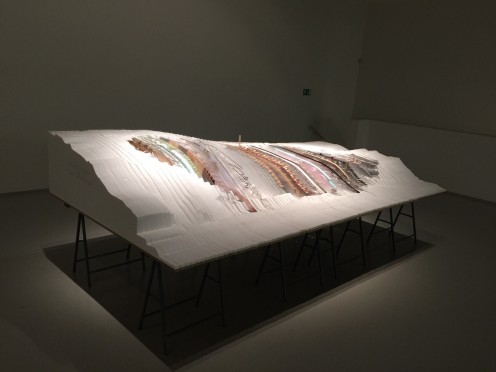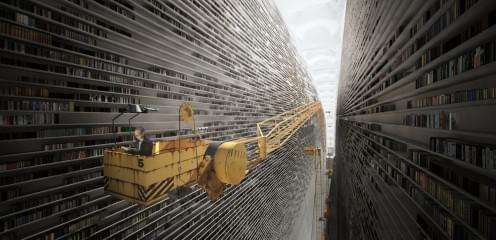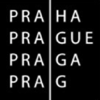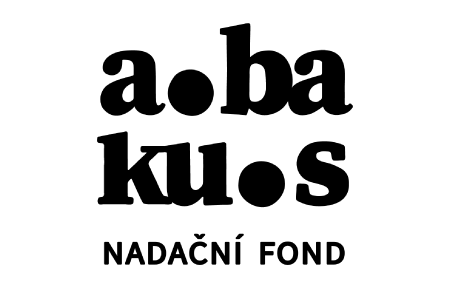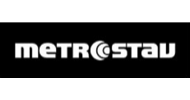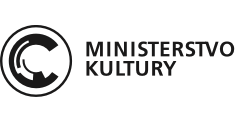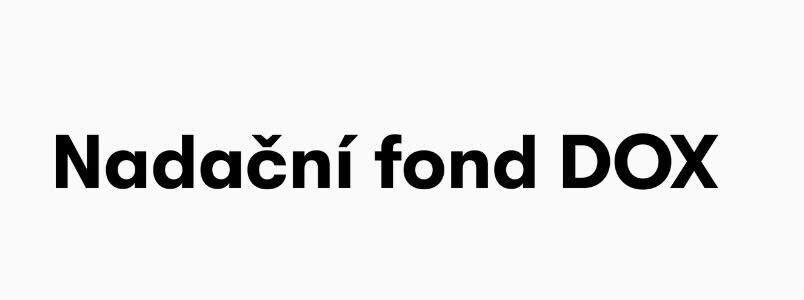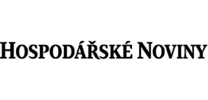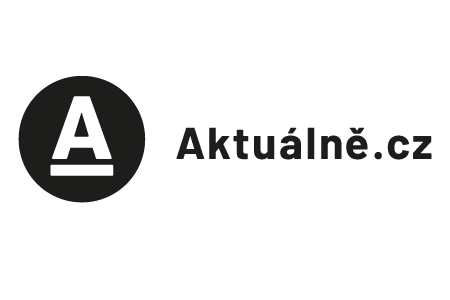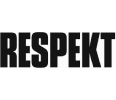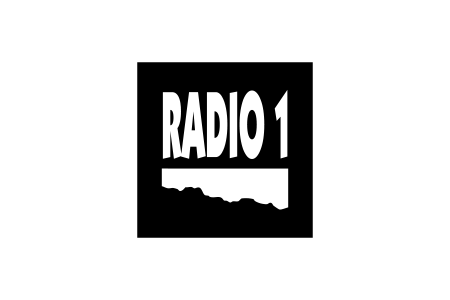URBO KUNE
27 Nov 2015 – 18 Jan 2016
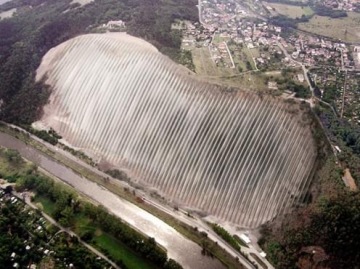
This exhibition presents an experimental project by students of architecture who created a parallel membrane city, Urbo Kune, which is Esperanto for “common city”. It is inspired by the idea of “composed urbanism” by Austrian architecture theoretician Jan Tabor, whose project includes a number of artists, theoreticians, philosophers, architects, and musicians. This city is not designed based on regulations and typology, but rather is composed based on scores, similarly to music.
This model of a subdivided utopic city reacts to the challenge of how to utilize the Zbraslav quarry, over a kilometre in length, once it has been closed. The quarry was subdivided into several slots of various lengths, all with a width of 11 metres. Students then designed residential neighbourhoods, educational and cultural buildings, gardens, shopping centres, and cemeteries for the individual parts, as well as a diving platform, a skate park, a hemp farm, a brewery, and a jail. The student model was exhibited in Vienna, Bratislava, and other cities, and next year will travel to Tokyo.
Participating students were from the Faculty of Architecture of CTU Prague, from the studio of Petr Hájek and Jaroslav Hulín, and from the Virtual Studio of Petr Hájek and Vít Halada at the Academy of Fine Arts and Design in Bratislava. The design of the entire city has been documented in a catalogue that is available for viewing at www.membranecity.eu
The exhibition also includes works by painter, graphic artist, and illustrator Pavel Růta that were inspired by this fictional city. His large canvases will be exhibited alongside the laid-out urban model.
The model of a utopic city also inspired a new novel by Miloše Urban, Urbo Kune, which was published in October of this year by Argo Press. The book launch included a musical performance by Kristýn Lhotáková (singing and accordion) and Ladislav Soukup (double bass), who played a composition entitled “Architectural Poem”, based on the motifs of the city of Urbo Kune.
Curator: Petr Hájek
Exhibition Partners:
Art-Now nadační fond
LEA – Laboratoř experimentální architektury
FA ČVUT Praha
VŠVU Bratislava

